| September 2020 |
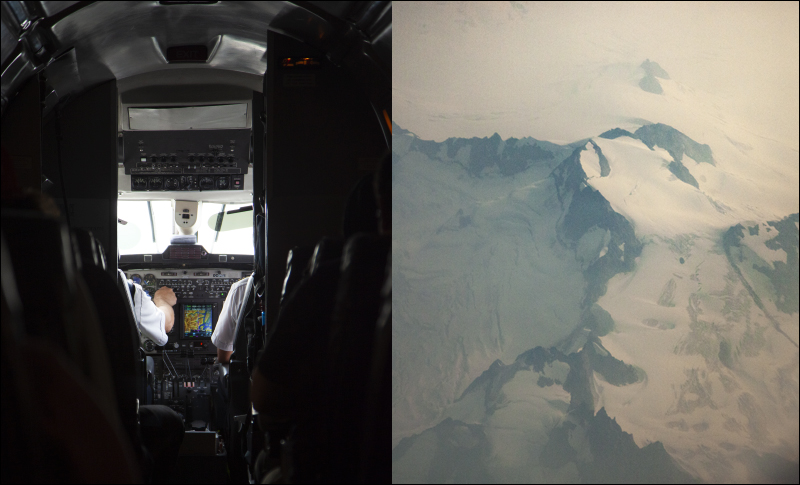 We flew to Bella Coola in a 12 seat plane. Forest fire smoke obscured our views, but it was mountains and glaciers the whole way.  Here is a map of our BC mountains with our flight path in yellow. On the right is a comparison between the sizes of Colorado and British Columbia. 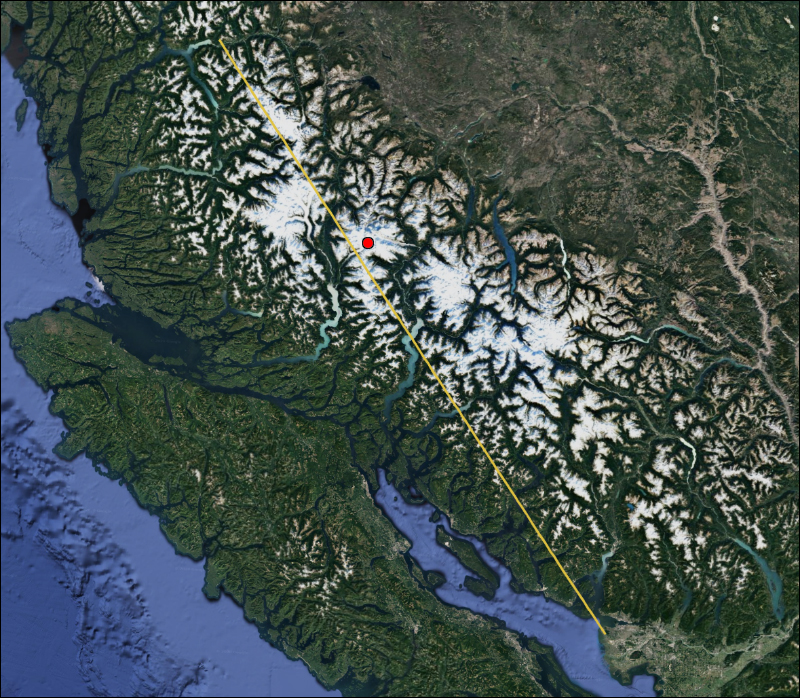 And here's a closer look at our flight path with the position of Mount Waddington marked in red. 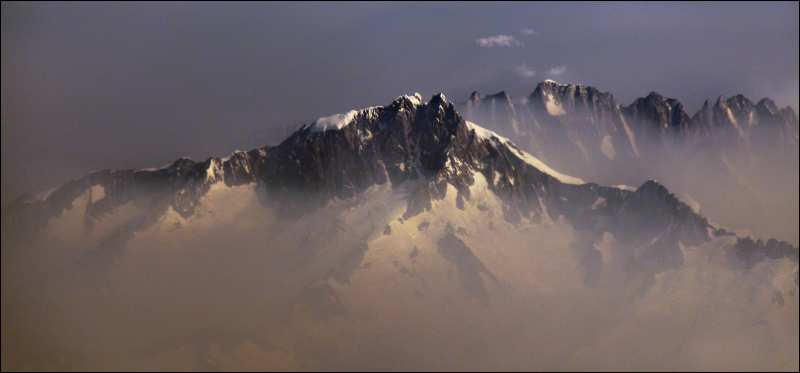 It was a special treat for me to see Mount Waddington. At 13,186 feet, Waddington is by far the highest mountain of the Coast Range, taller even than Mount Robson. And remember, this summit rises not that far from the nearest BC fiord and sea level. Waddington is notoriously hard to climb and numerous attempts were thwarted for a decade. The many failed attempts are a central part of the lore of Canadian mountaineering. The hardest part of the climb is just getting to the glaciers because the surrounding wilderness is a thick envelope of rain forest including dense groves of a thorny plant called devil's club. The summit is guarded by a steep rock tower that requires superb rock climbing skill in gloves and crampons. The haze around the base of the mountain is forest fire smoke. Behind and to the right is Mount Tiedemann, another monster climb. 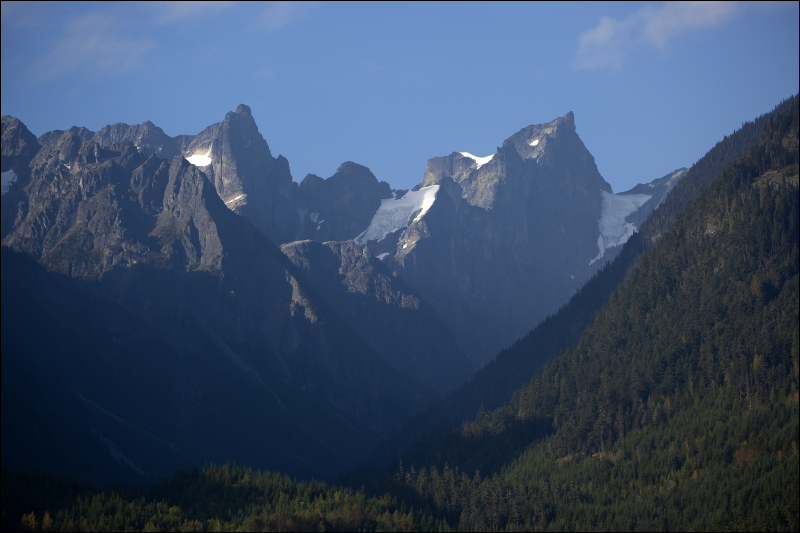 I suspect you will think this is hyperbole, but honestly, the Canadian Rockies and the Colorado Rockies can't hold a candle to the Coast Mountains. Few people see these mountains because there isn't a national park and they lack the infrastructure and access of the Canadian Rockies (and many of those mountains are hard enough to access!). Because they are granitic they can hold much steeper topography than the sedimentary Rockies, and the heavy snowfall means lots of permanent snow and ice. This view from the lodge shows steep mountains rising 9000 feet above the valley floor. By way of comparison, the highest mountain in Colorado, measured from its base, is Pikes Peak with a vertical gain of just under 8000 feet. 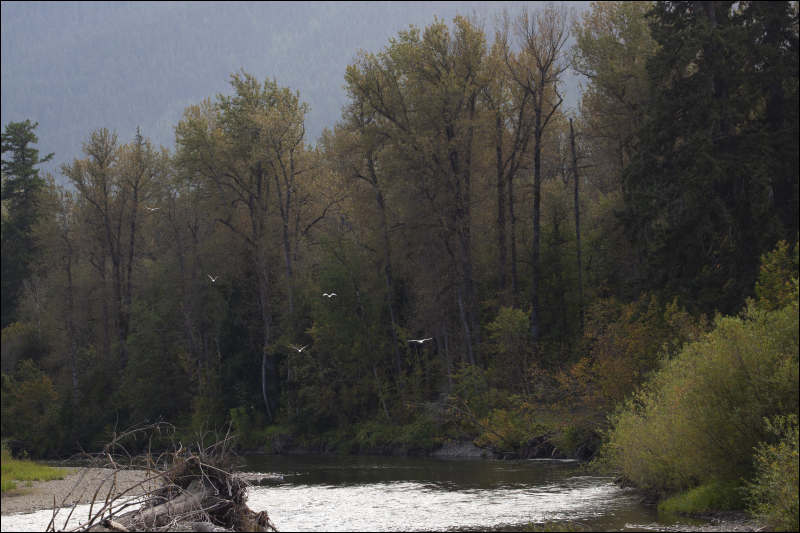 The Bella Coola/Atnarko River Valley. 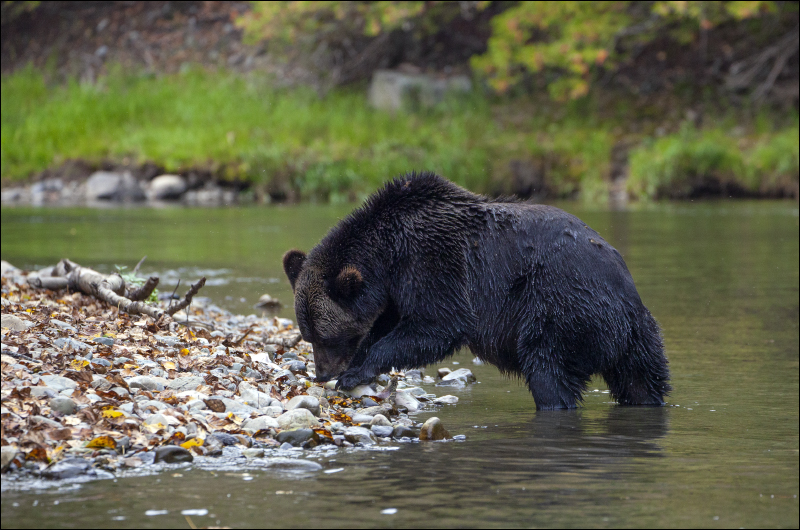 Our first bear. She's looking for salmon roe dispersed in the gravel bank. 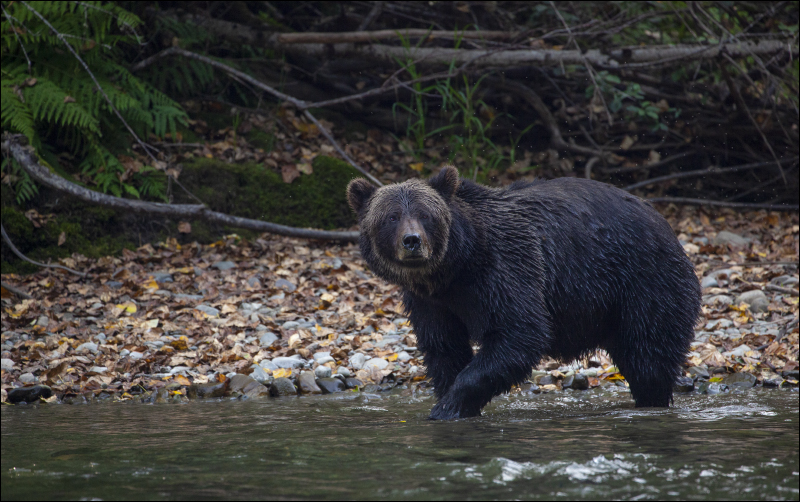 Same bear. Although she appears to be looking right at us, she is probably trying to smell us. Bear behaviour is very olfactory based. 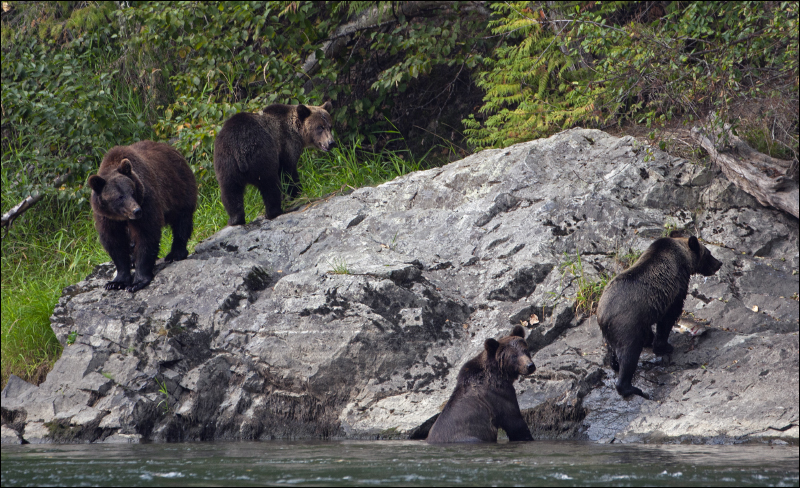 Our most spectacular encounter for our week in Bella Coola was this family of four. That's mom on the left and her three cubs.These "cubs" are almost three years old; it's rare for a family to stick together this long. 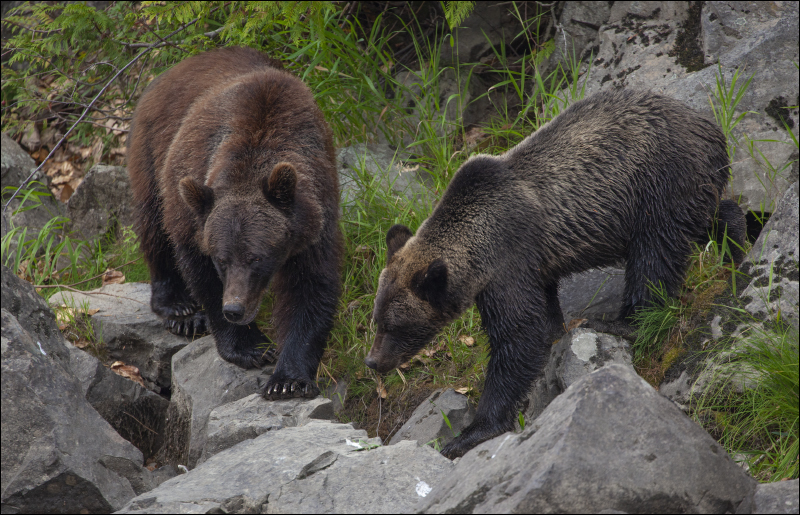 Mom and "the runt." From what Mary and I could see, the runt ate way more than anyone else. He may wind up a huge grizzly some day. 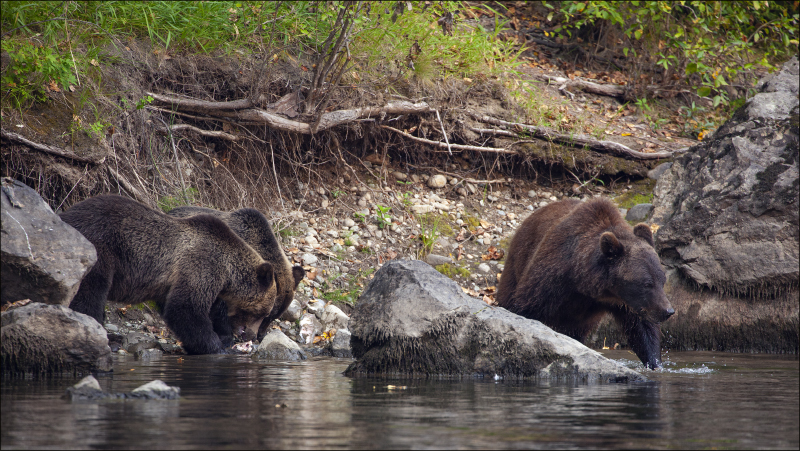 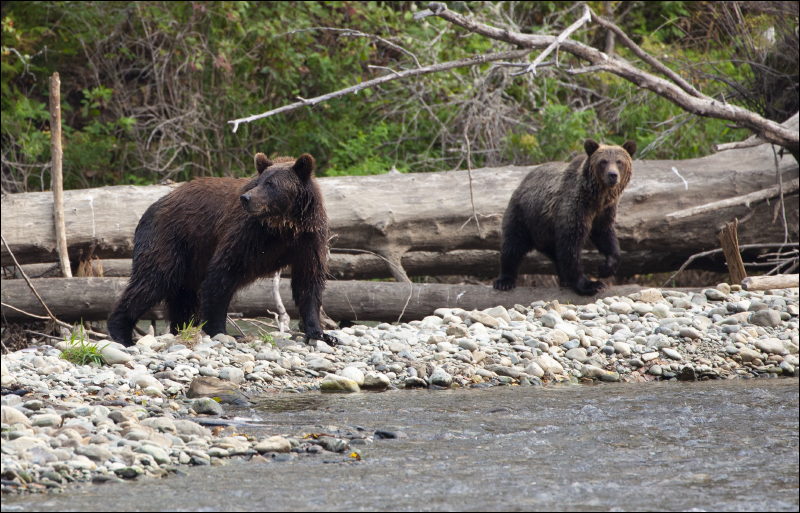 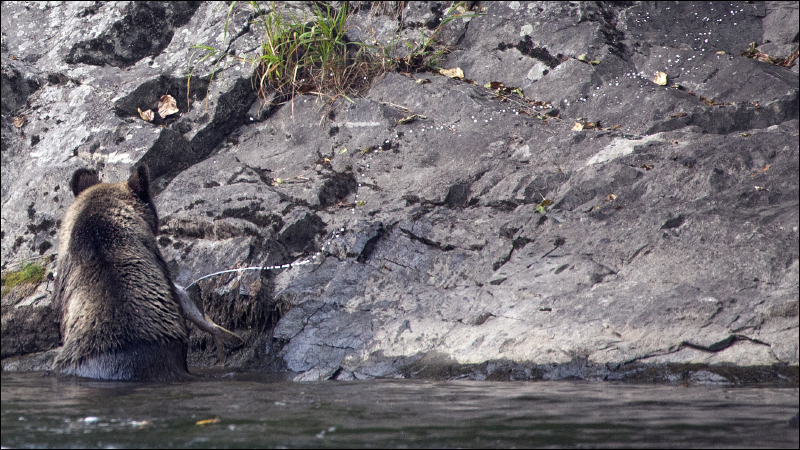 Can you see the salmon roe spraying as the cub bites down? 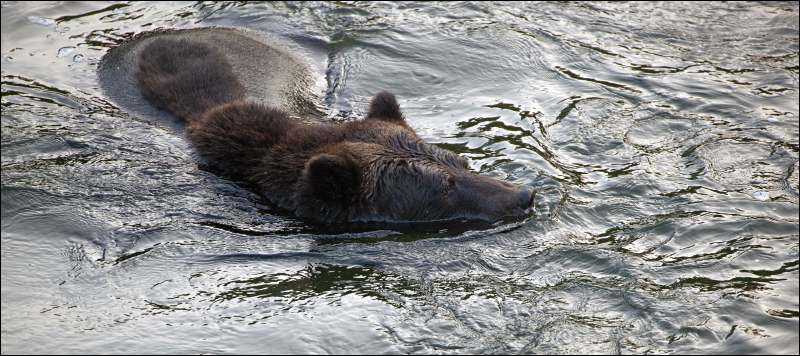 We saw this large male on our last night, swimming down the river past the observation tower. 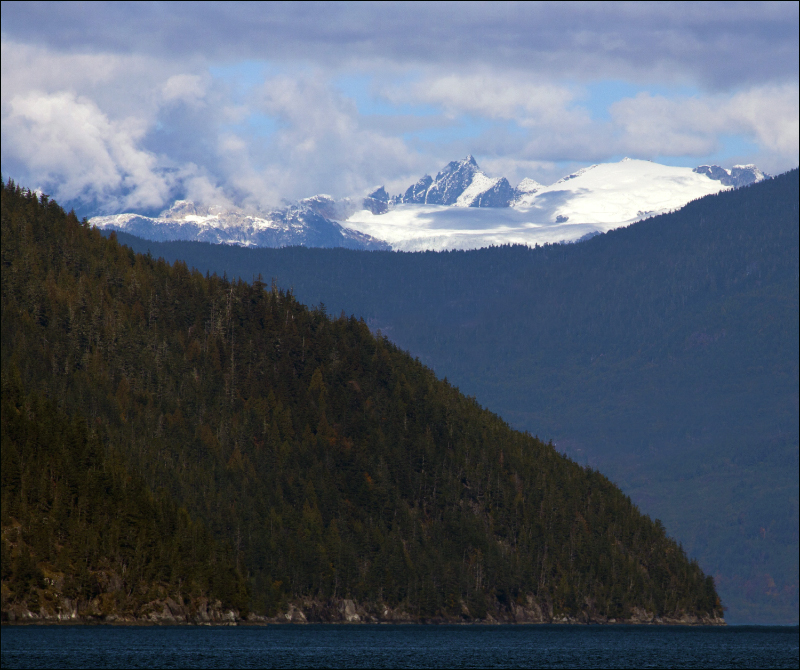 This is from our trip in 2018 to the Orford River estuary to see grizzlies. This view looks up Bute Inlet towards the Waddington massif. 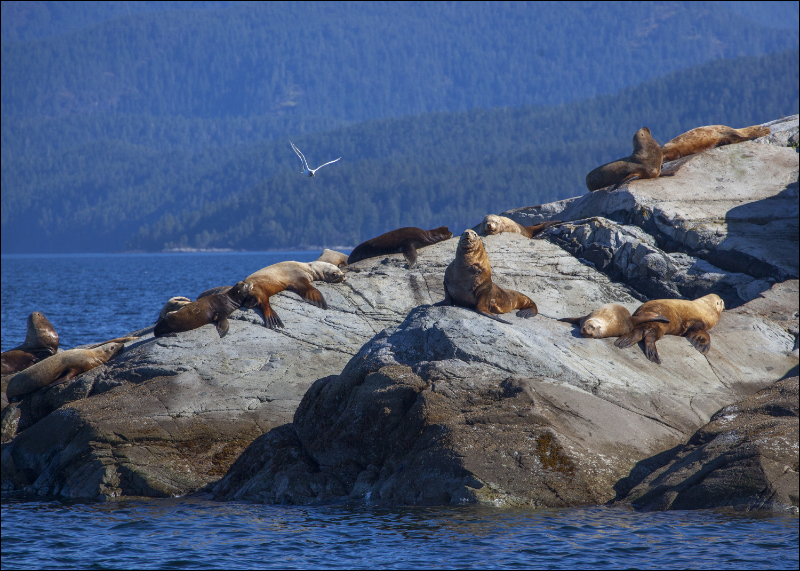 We passed this rock with both Stellar and California sea lions. 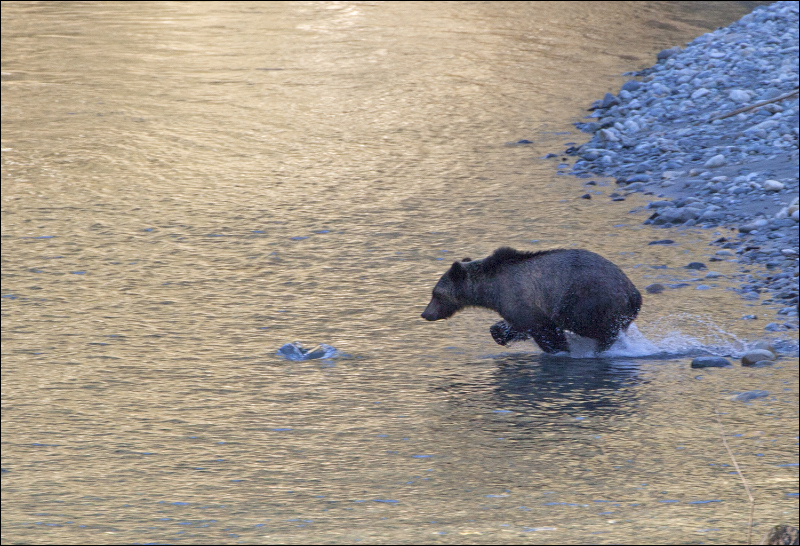 We made this trip with Larry and LyNette. We saw over 30 grizzlies in one day. 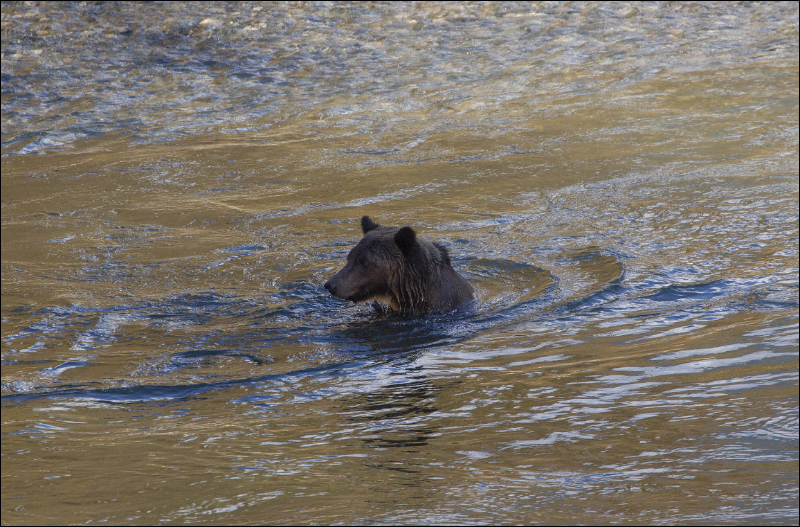  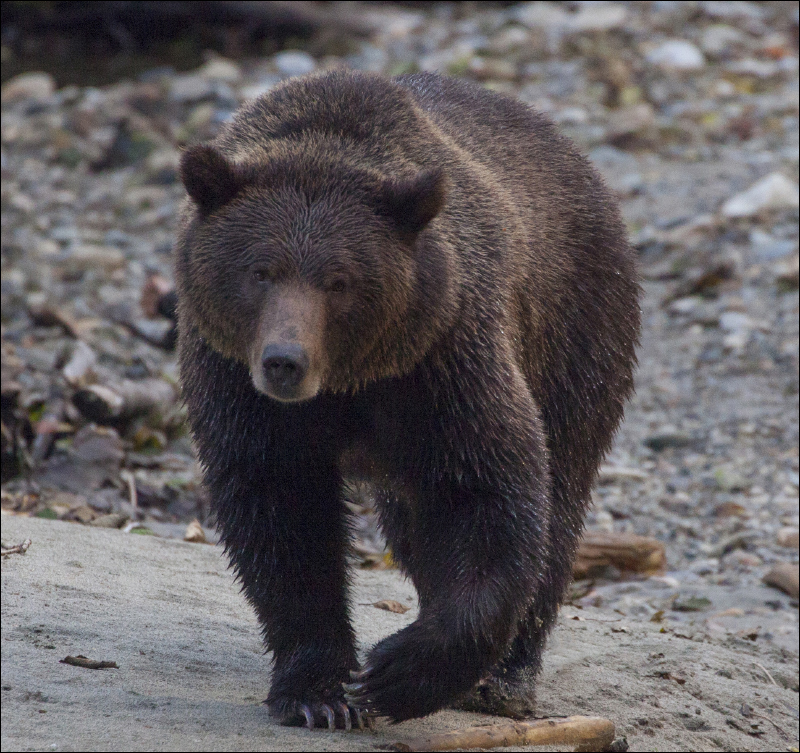 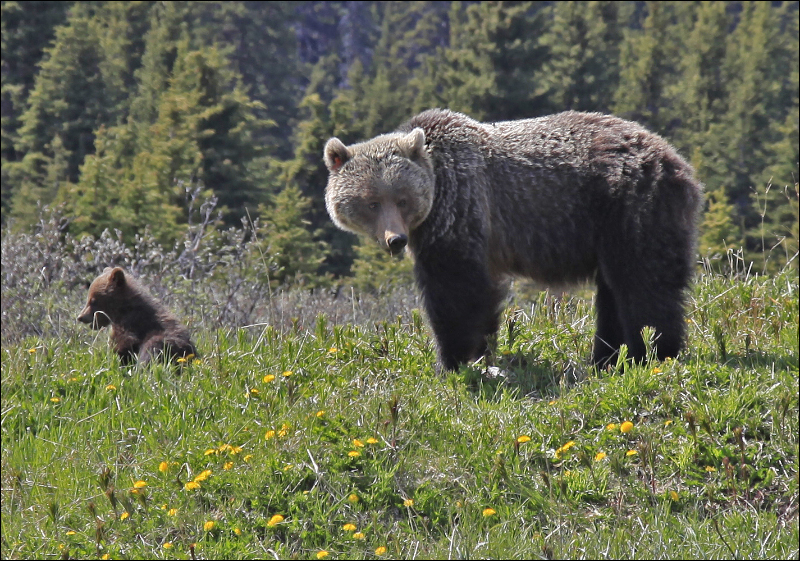 This is my best grizzly picture from Alberta - a shot from the car! - just before Num-ti-jah Lodge. 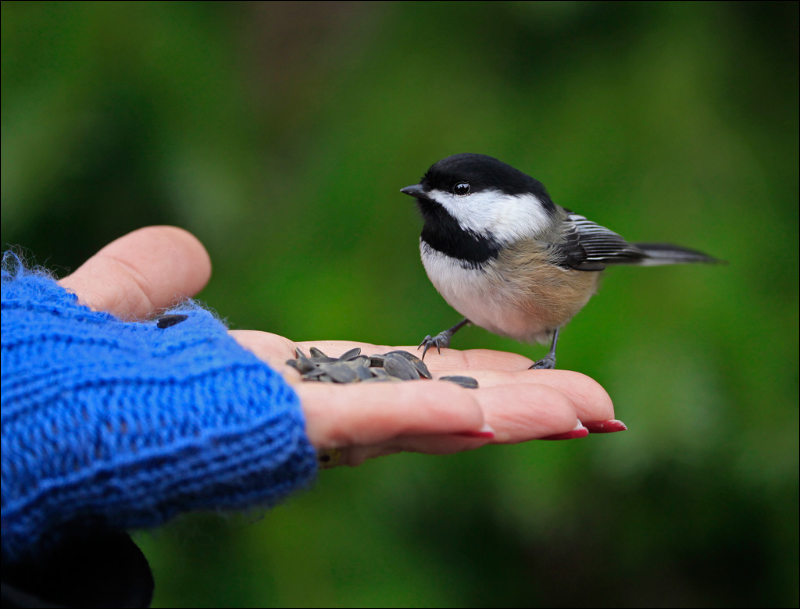 The bird lady of Reifel. 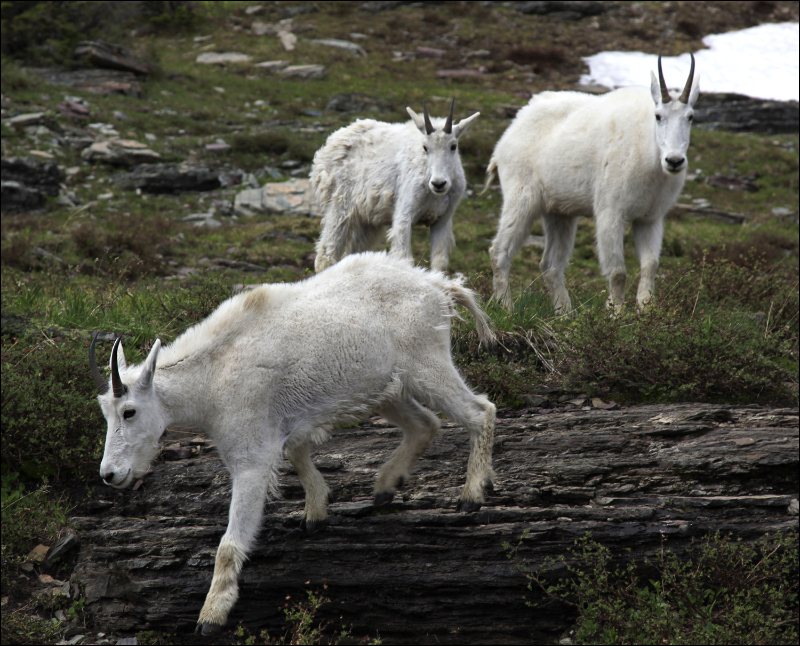 Mountain goats in Glacier National Park, Montana. 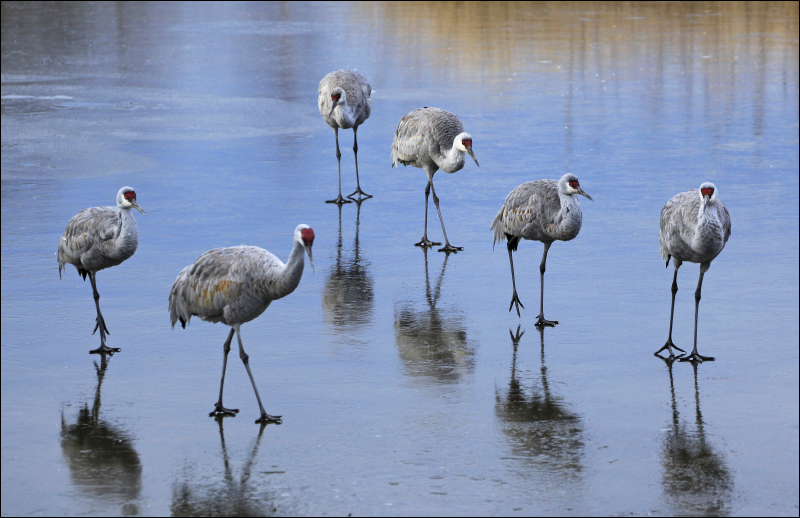 Rare ice in Vancouver. 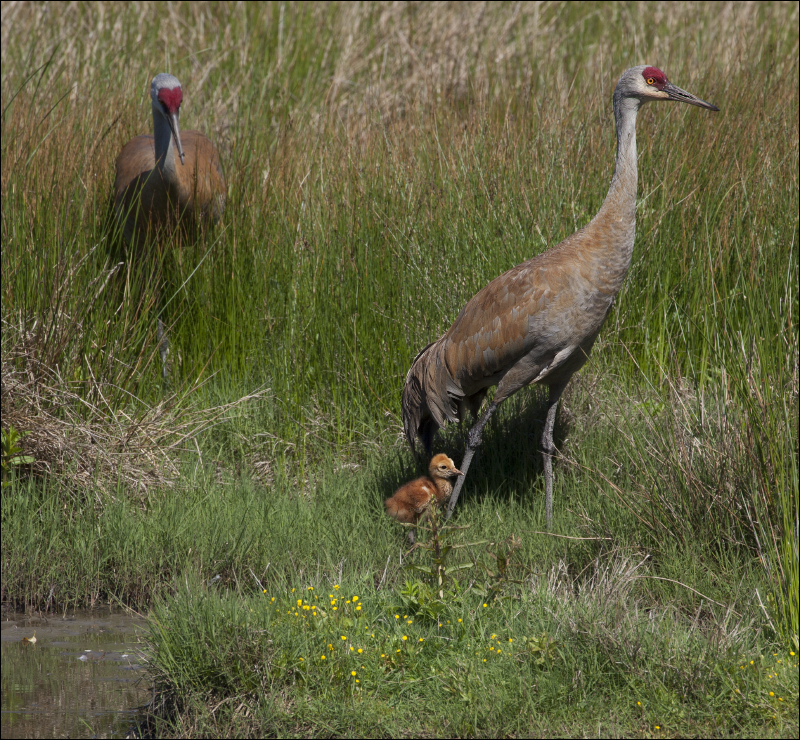 This pair has tried so hard to raise a family each year. This is the only colt that made it to fledging in the 8 years we've lived here. 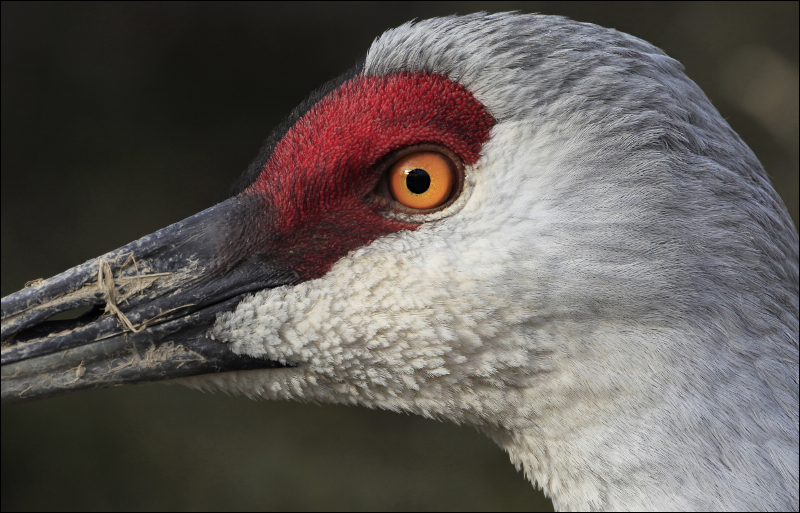 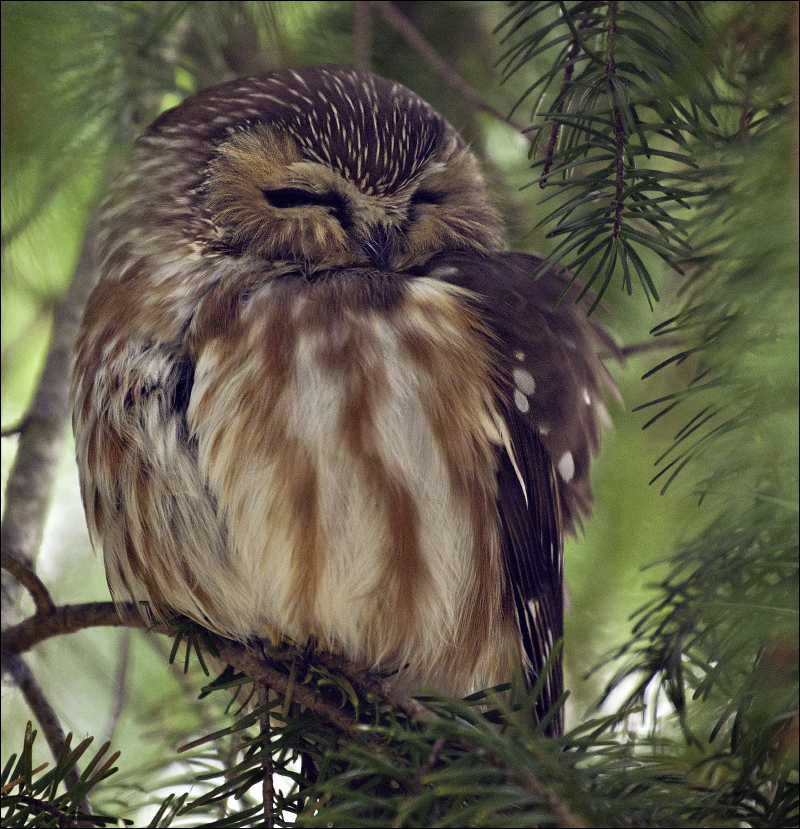 Northern saw-whet owl at Reifel. About the size of a pinecone. 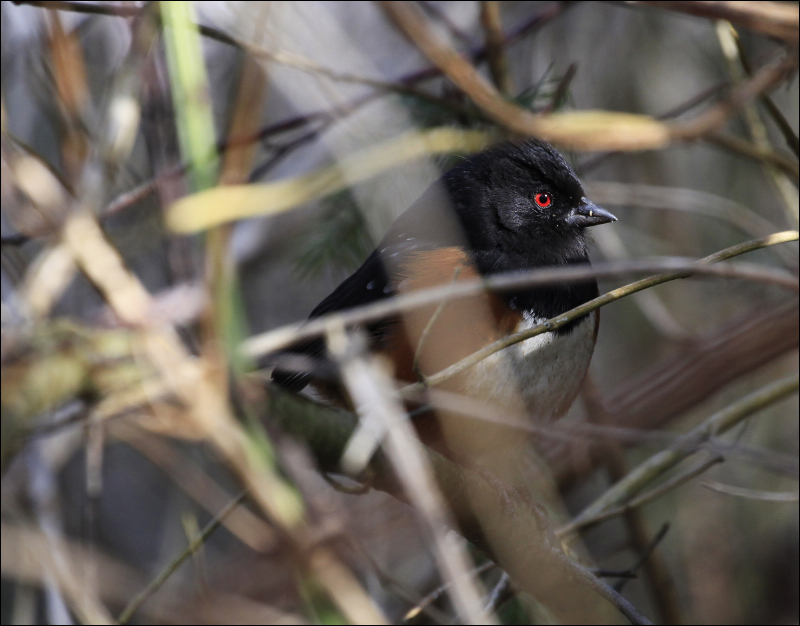 Spotted towhee. 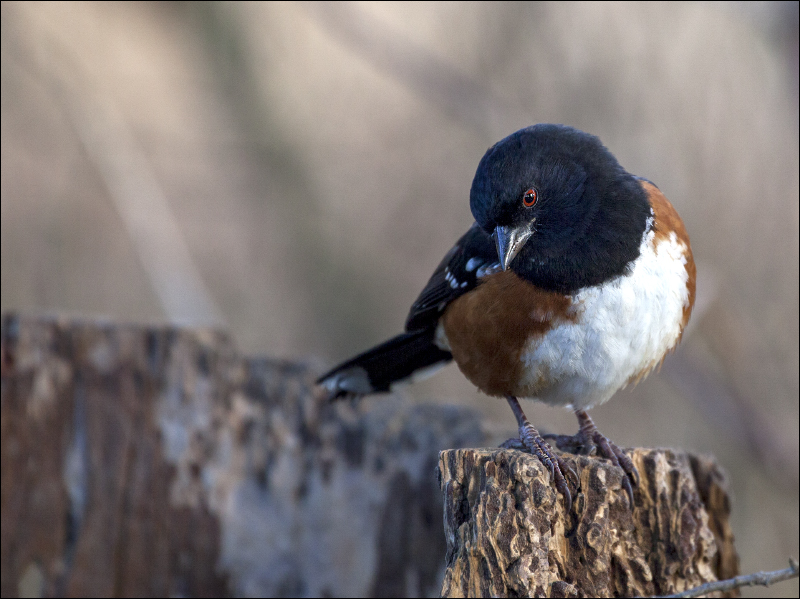 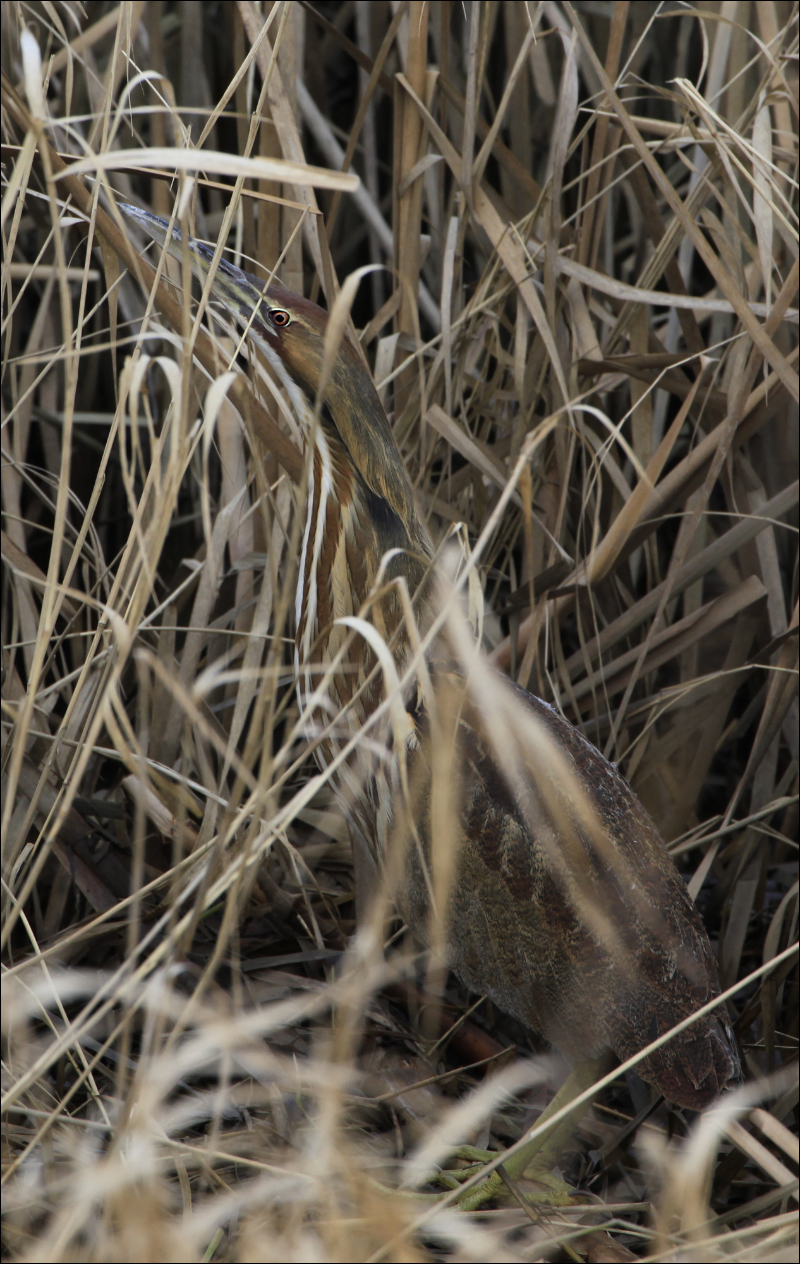 American bittern. 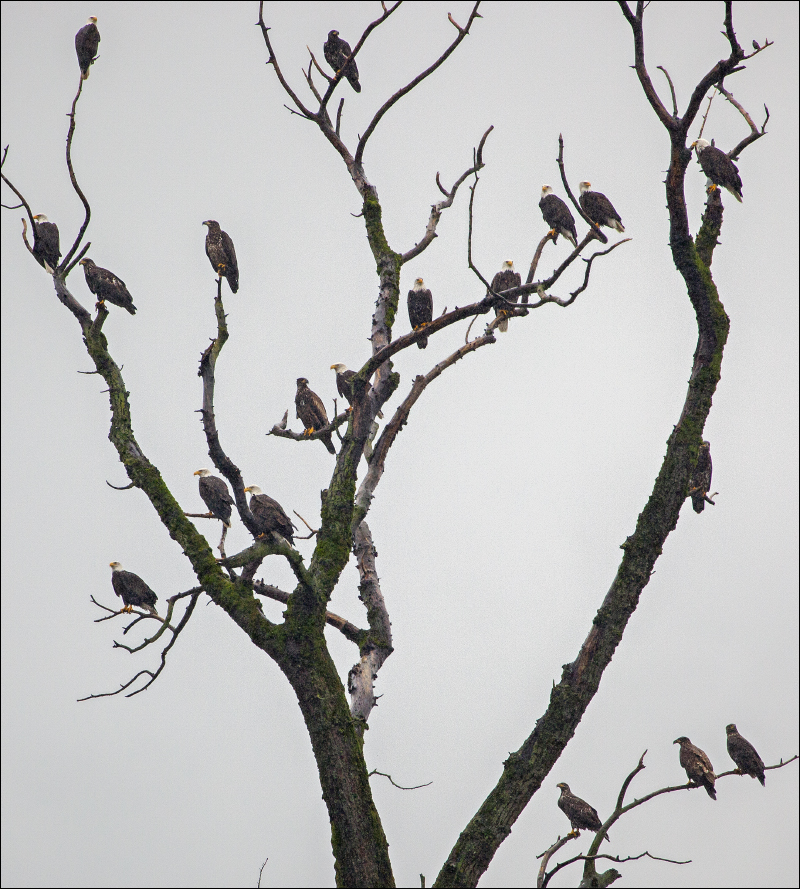 A bald eagle Christmas tree! 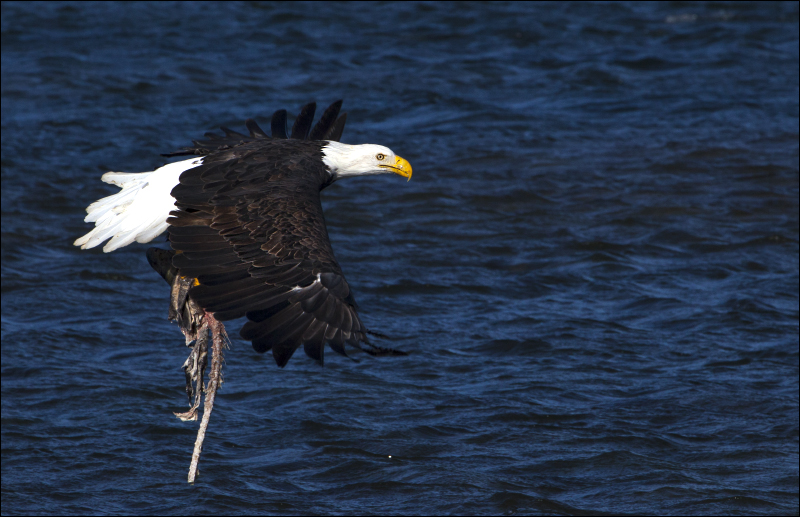 Just like bears, bald eagles love dead and dying salmon. 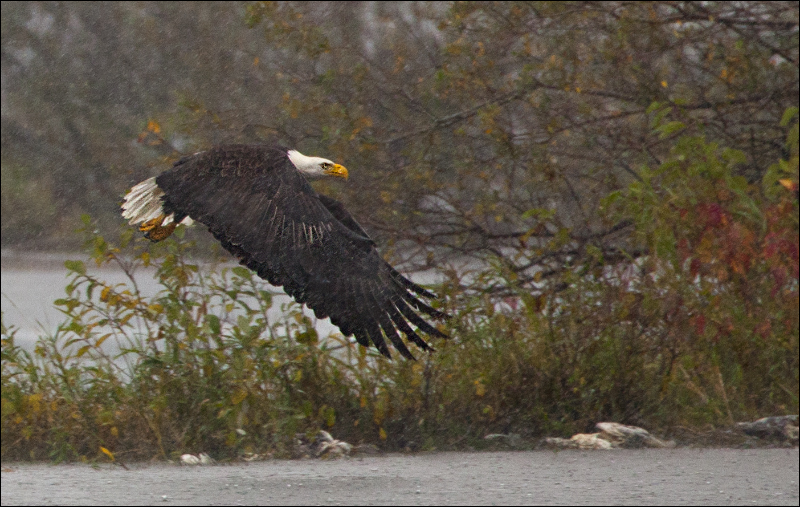 A rainy fall day at Harrison River. 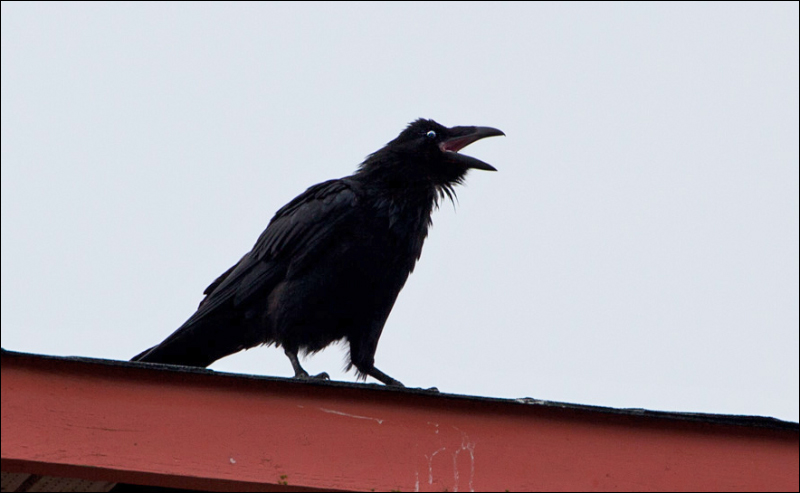 Raven! Alert Bay. 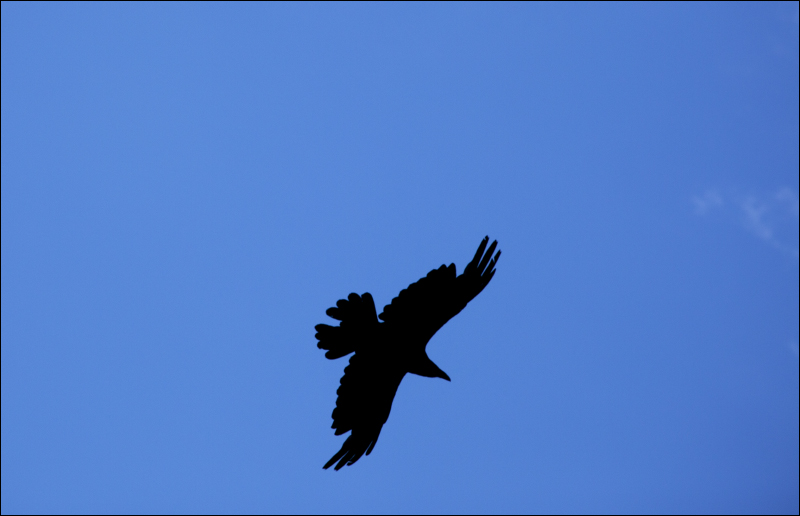 Raven. 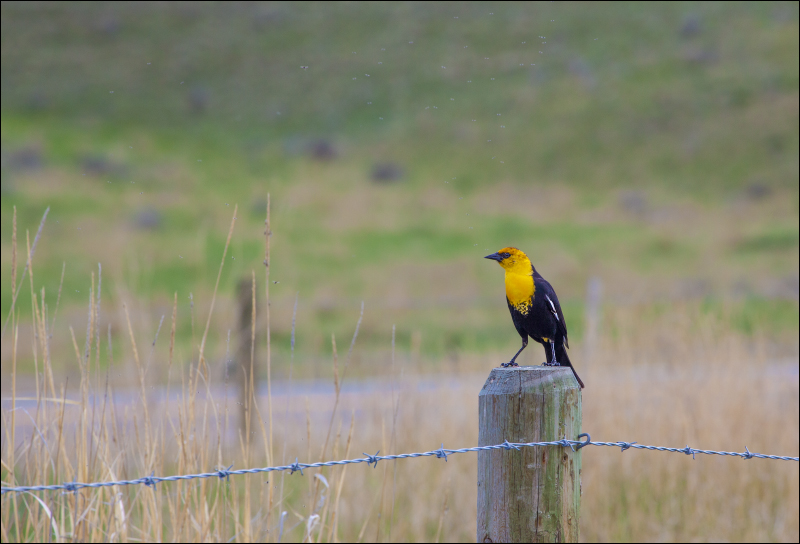 Yellow-headed blackbird. 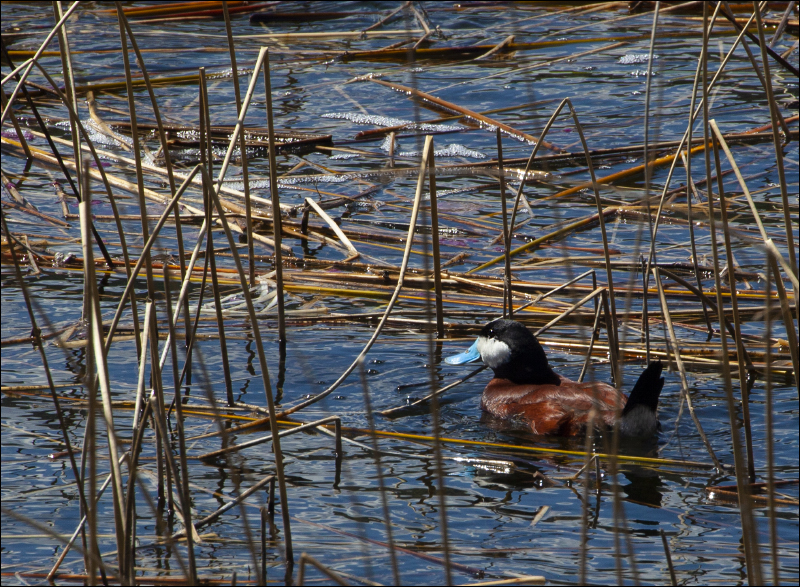 Ruddy duck. 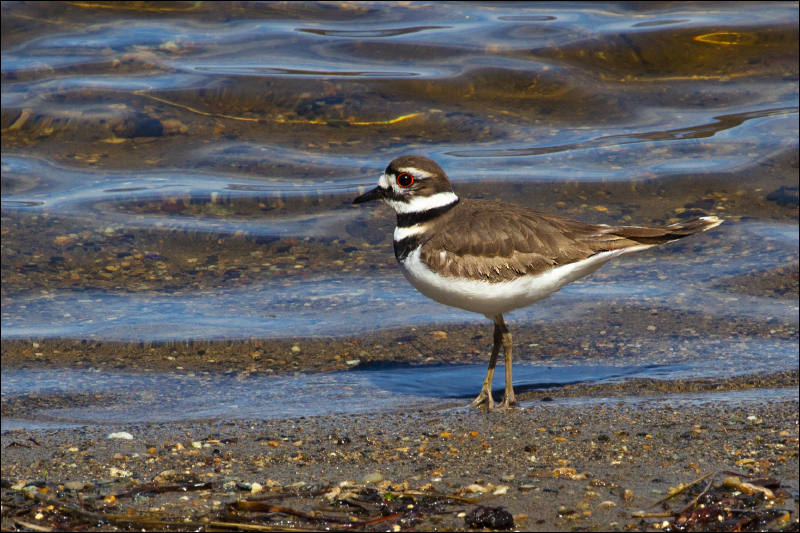 Killdeer. 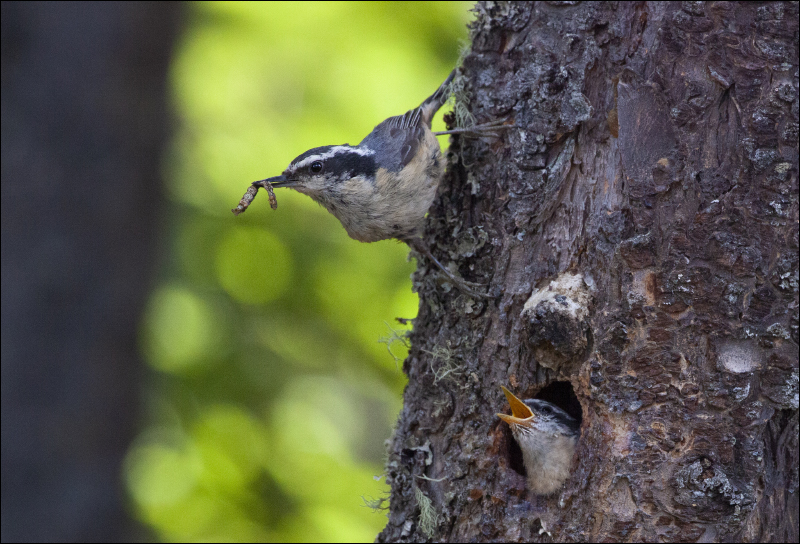 Red-breasted nuthatch. 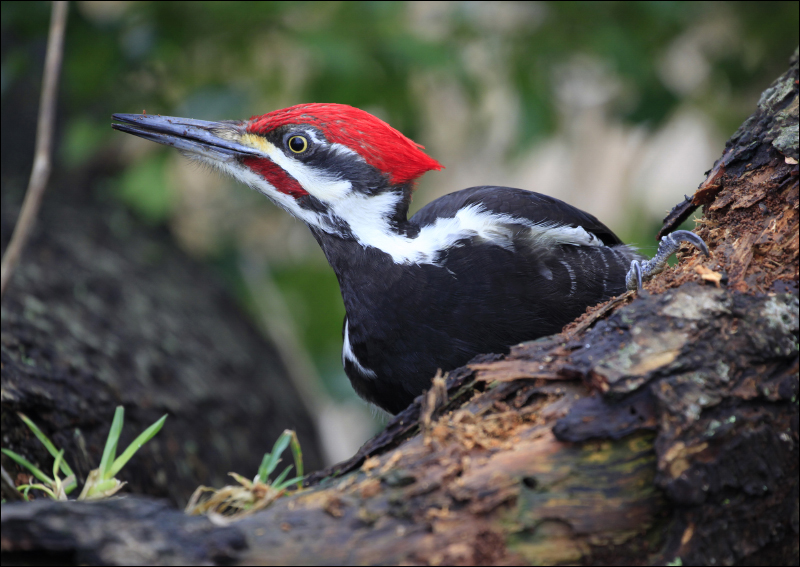 Pileated woodpecker. 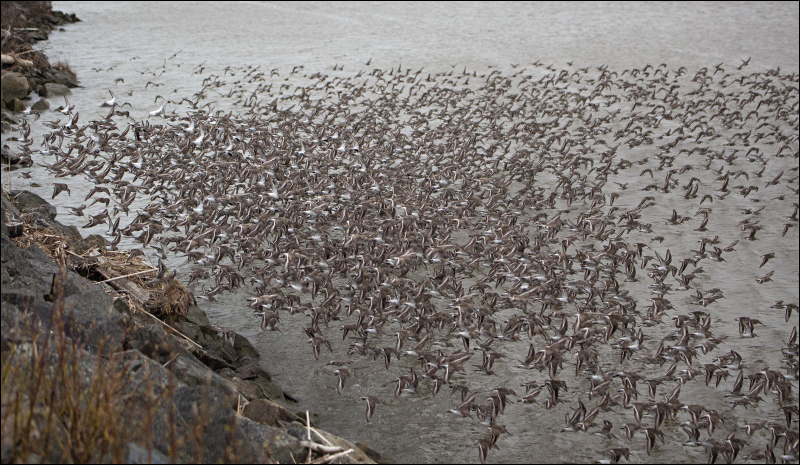 Dunlin swarming. Many species will gather in large numbers and swirl around in the land, water, or sky. This swarming behaviour is a fascinating example of collective consciousness, and probably informs us about the way our individual consciousness works. 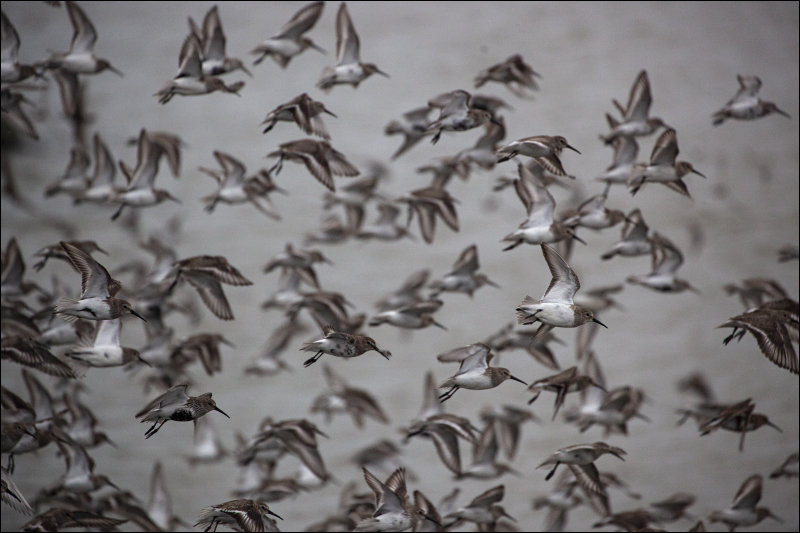 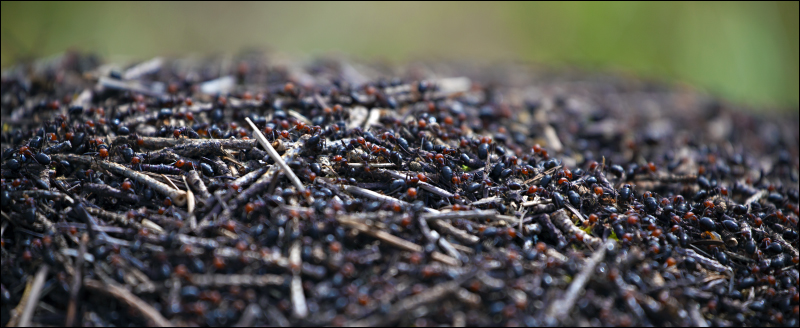 This 2 foot high mound of ants is at the Kootenay cabin. This 2 foot high mound of ants is at the Kootenay cabin.TOP OF PAGE |
|